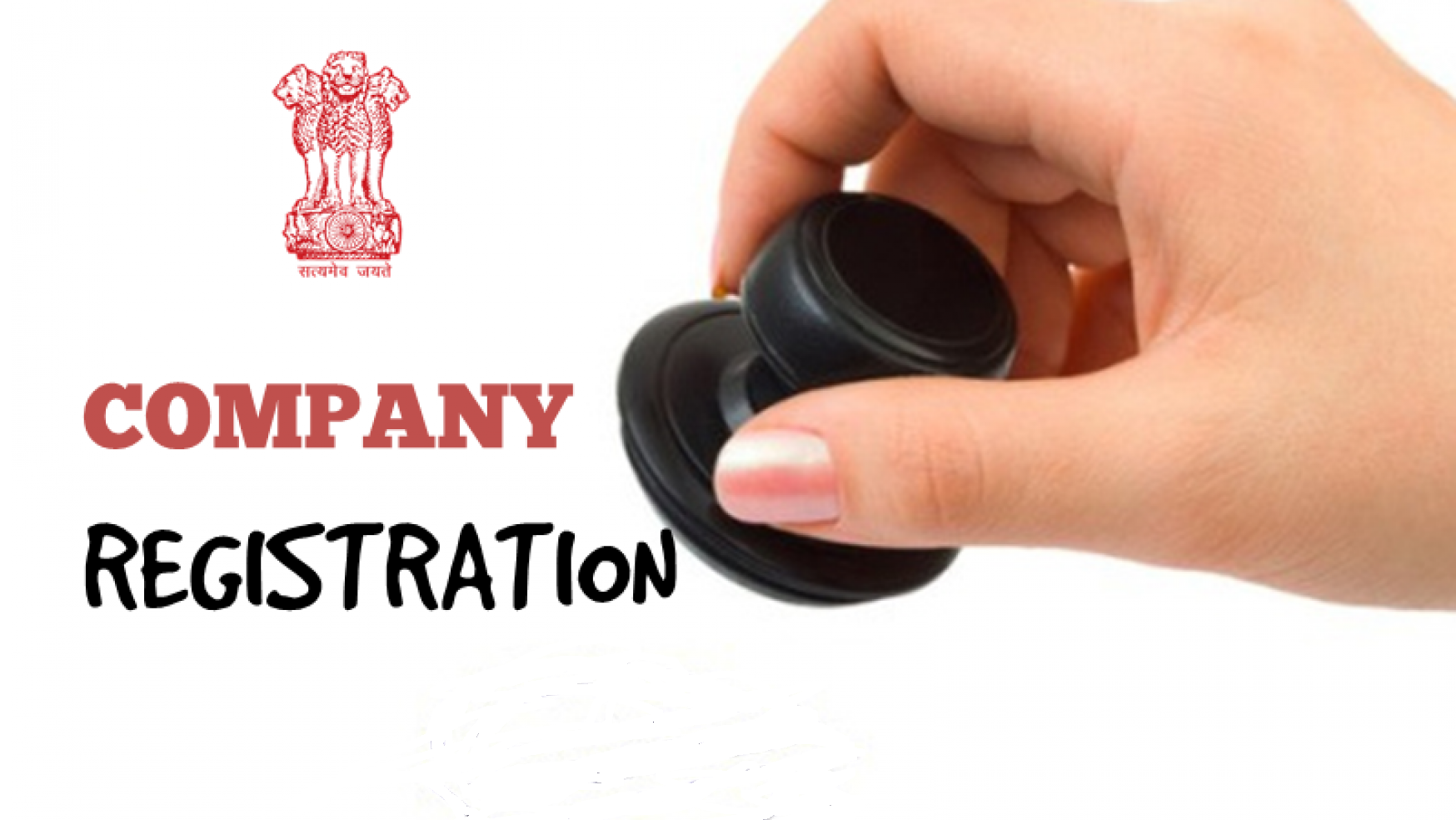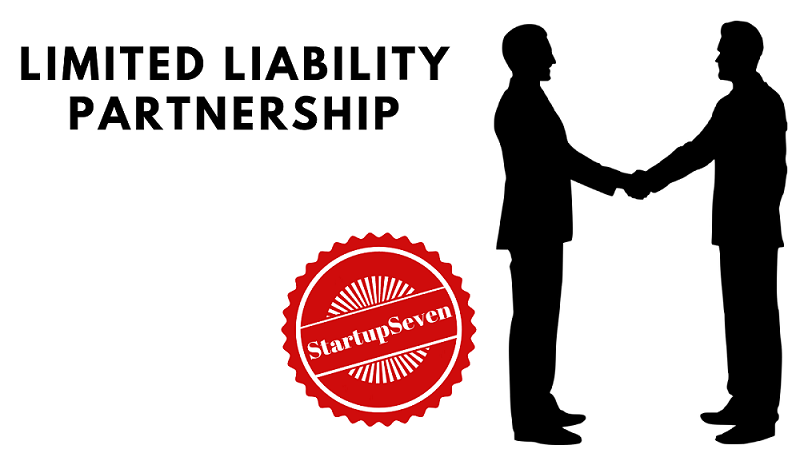A sole proprietorship is one of the simplest forms of business. Commonly known as a one-man organization, it is cost-efficient and easy to form. It offers a wide range of benefits to new businesses and has been at the epicenter of India’s inspiring Startup story. In fact, it accounts for the largest type of business concerns in India. However, does your business idea need a sole proprietorship? Or an LLP or a one-person company or a private limited company? A tough decision to make, isn’t it? In this article, we will talk about the advantages and disadvantages of a sole proprietorship and compare it with other business entities.

What is a Sole Proprietorship in India?
The Government of India defines a sole proprietorship as follows:
“It is a One-Man organization where a single individual owns, manages and controls the business.”
Registering a sole proprietorship does not require elaborate legal formalities. You don’t have to register the firm or make any agreement. You will only need to obtain business licenses specific to your line of business and open a current account in the name of the firm. Also, the owner and his/her firm are a single legal entity in the eyes of law. The proprietor has an unlimited liability that extends even beyond the money he has invested in the firm. Here are some salient features of a sole-proprietorship firm:
- No Legal Formalities
- Unlimited liability of the owner
- The owner retains all the profits and risks all the losses arising out of the business of the firm
- For tax and legal purposes, the owner and the business are the same
- In case of the death, bankruptcy, insanity, or retirement of the owner, the firm ceases to exist
While it sounds all unicorns and rainbows, such a firm has some disadvantages too. Here is a quick look at the advantages and disadvantages of a sole proprietorship.
Advantages of a Sole Proprietorship:
- It is easy to form as there are no strict requirements for registration
- It requires less initial funding as compared to other business types
- There are NO strict legal compliances
- Decision-making is quick and easy since there is a single decision-maker
- Starting and shutting is simple due to the lack of legal compliances
- Tax benefits under the Income Tax laws. A sole proprietor having a business with an income not exceeding INR 2.5 lakhs does not have to pay any income tax.
Disadvantages of a Sole Proprietorship:
- The proprietor needs to bring in all the funds. Hence, there is a reduced
 scope of raising additional funds for the business
scope of raising additional funds for the business - Multiple owners can lead to more innovative ideas. In a sole-proprietorship, such ideas are limited since there is only one person involved
- The proprietor has unlimited liability and is personally liable for all transactions
- Such a firm DOES NOT have perpetual succession. The firm and the proprietor are NOT separate entities. Hence, if the proprietor dies or becomes legally insolvent, the firm ceases to exist too.
Comparing a Sole Proprietorship with other Business Entities
Let’s compare a sole proprietorship (SP) with a Limited Liability Partnership (LLP), a One-Person Company (OPC), and a Private Company (PC).
Types of businesses that prefer these entities:
| SP | Small to medium-sized businesses that do not attract or require funding from external sources. |
| OPC | Small to medium-sized businesses. OPCs cannot have more than one shareholder in the company. Hence, OPCs can raise funds only through loans |
| LLP | Businesses that might need funding in the future but on the terms specified in the LLP agreement |
| PC | Businesses that require external investment and need the provision of shares. Private Companies have equity as well as preference shares. They also have various exit options |
Minimum Number of Directors and/or Members:
| SP | ONE |
| OPC | One Member and One Director |
| LLP | Two Designated Partners |
| PC | Minimum 2 and Maximum 200 Members. Also, a minimum of 2 Directors |
Liability:
| SP | The proprietor has unlimited liability. Also, the liability goes beyond the invested capital |
| OPC | Shareholders have limited liability |
| LLP | Partners have limited liability |
| PC | Shareholders have limited liability |
Board Meeting Requirements:
| SP | Not required |
| OPC | Two board meetings per year (Not less than 90 days gap between two meetings) |
| LLP | Not required |
| PC | Four board meetings per year (Gap between two meetings shall not exceed 120 days) |
Legal Status:
| SP | Legally, the firm and the proprietor are the same entity |
| OPC | An OPC is a separate legal entity. Further, it is distinct from its members |
| LLP | An LLP is a separate legal entity. Further, it is distinct from its members |
| PC | A Company is a separate legal entity. Further, it is distinct from its members |
Taxation:
| SP | Taxed as per the proprietor’s individual tax rate slab |
| OPC | 30% (Also, the tax rate is 25% if turnover or gross receipts of the OPC in the previous year is less than Rs. 250 crores) |
| LLP | 30% |
| PC | 30% (Also, the tax rate is 25% if turnover or gross receipts of the company in the previous year is less than Rs. 250 crores) |
Summing Up
Hence, we usually recommend a sole proprietorship to businesses that involved moderate risk. Further, these businesses also need to have a small capital requirement and low financial resources. We hope that this article helped you understand the pros and cons of a sole proprietorship. We also hope that by comparing it with other entities, we could give you a bird’s eye view of your options. If you have any further questions, don’t hesitate to write to us.










